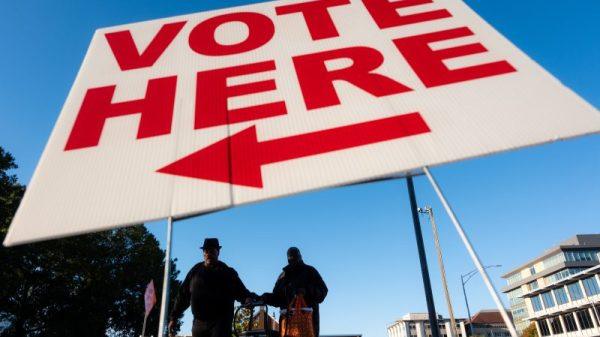Major miner BHP (ASX:BHP,NYSE:BHP,LSE:BHP) projects that global copper demand will increase by around 70 percent by 2050, driven by growing requirements for the red metal across global industries.
In a recent report, the company says it expects demand to rise from 31 million metric tons annually today to over 50 million metric tons in 2050. The upsurge is attributed to several converging trends: traditional economic growth, the ongoing global energy transition and the expansion of digital infrastructure.
At the same time, a significant supply gap is emerging that could challenge the industry in the coming decades.
New and existing sectors driving copper demand
BHP believes the expected rise in copper demand will fueled by both traditional industries and newer sectors.
Historically, copper demand has been closely linked to economic development and industrialization. As countries industrialize, they require more copper for infrastructure, manufacturing and electrical systems.
The report notes that developed nations have a high per capita copper stock-in-use, while developing economies like China and India are still far behind in this regard, leaving room for growth potential.
In China, for instance, per capita copper stock-in-use is approximately 100 kilograms — roughly half of what is observed in developed nations such as India. As these economies continue to grow, copper demand is seen increasing due to the development of infrastructure, housing and consumer goods that require the metal.
Beyond traditional industrial demand, copper’s role in newer sectors is also expanding rapidly.
The energy transition is one of the most significant growth drivers. Copper is a critical component in renewable energy systems such as wind and solar power, along with electric vehicles (EVs) and battery storage.
As governments and industries worldwide strive to reduce greenhouse gas emissions, demand for copper is expected to increase as the need for clean energy infrastructure rises.
The transportation sector is also seeing an increase in copper usage, particularly due to the growth in EV adoption. EVs require around three times as much copper as traditional internal combustion engine vehicles, and increased demand for EVs is expected to raise copper demand in the transport sector from 11 percent in 2021 to over 20 percent by 2040.
Furthermore, the growing need for digital infrastructure, including data centers and communication systems, is contributing to the overall demand outlook for copper. Data centers, which play a crucial role in cloud computing, artificial intelligence and other digital technologies, require substantial amounts of copper for power and data transmission, with copper use in data centers expected to rise sixfold by 2050.
Supply challenges threaten copper market stability
While demand is projected to grow, BHP says the copper supply chain is facing challenges.
Existing copper mines are aging, and the pipeline of new projects is less robust than in previous years, partly due to the higher costs and stakeholder concerns associated with both brownfield and greenfield projects.
New developments often encounter environmental and community opposition, oftentimes leading to delays or even project cancellations. Meanwhile, existing mines are dealing with declining ore grades. As copper is extracted over time, the concentration of copper in the ore decreases, leading to higher production costs and lower output.
Secondary sources of copper, particularly from recycled materials, are expected to play an increasingly important role in meeting demand. Copper can be recycled from both end-of-life products and manufacturing waste.
However, the availability of scrap copper is limited, and recycling rates remain below potential. In 2021, only 43 percent of available scrap copper was recovered, falling to just 40 percent in 2023.
New copper discoveries needed to feed demand
BHP’s report concludes that the copper market will be shaped by a confluence of factors in the coming decades.
Current copper mines are expected to provide over half of the copper necessary to meet future global demand over the next decade. However, by 2035, output from these mines may drop by around 15 percent compared to current levels due to declining ore grades, requiring substantial upgrades and further investment to sustain production.
In fact, the average grade of mined copper has declined by 40 percent since 1991, meaning more ore must be extracted to produce the same amount of copper. To offset these declines, brownfield projects are expected to play a significant role, contributing up to 30 percent of global copper supply by 2035. Brownfield expansions, which extend the life of existing mines, are attractive due to their lower risk and use of established infrastructure.
Greenfield projects, while offering the potential to tap into large, high-grade copper deposits, face longer lead times, regulatory hurdles and higher costs. In particular, the current pipeline of greenfield projects shows significant delays, with this category expected to contribute around 14 percent of total copper supply by 2035.
However, greenfield projects globally face the challenge of balancing cost and risk, as well as a dramatic slowdown in new finds, with only four major copper discoveries recorded in the past five years.
As the world transitions toward more copper-intensive industries, market participants like BHP will have to innovate and invest heavily to meet burgeoning demand.
Securities Disclosure: I, Giann Liguid, hold no direct investment interest in any company mentioned in this article.





































